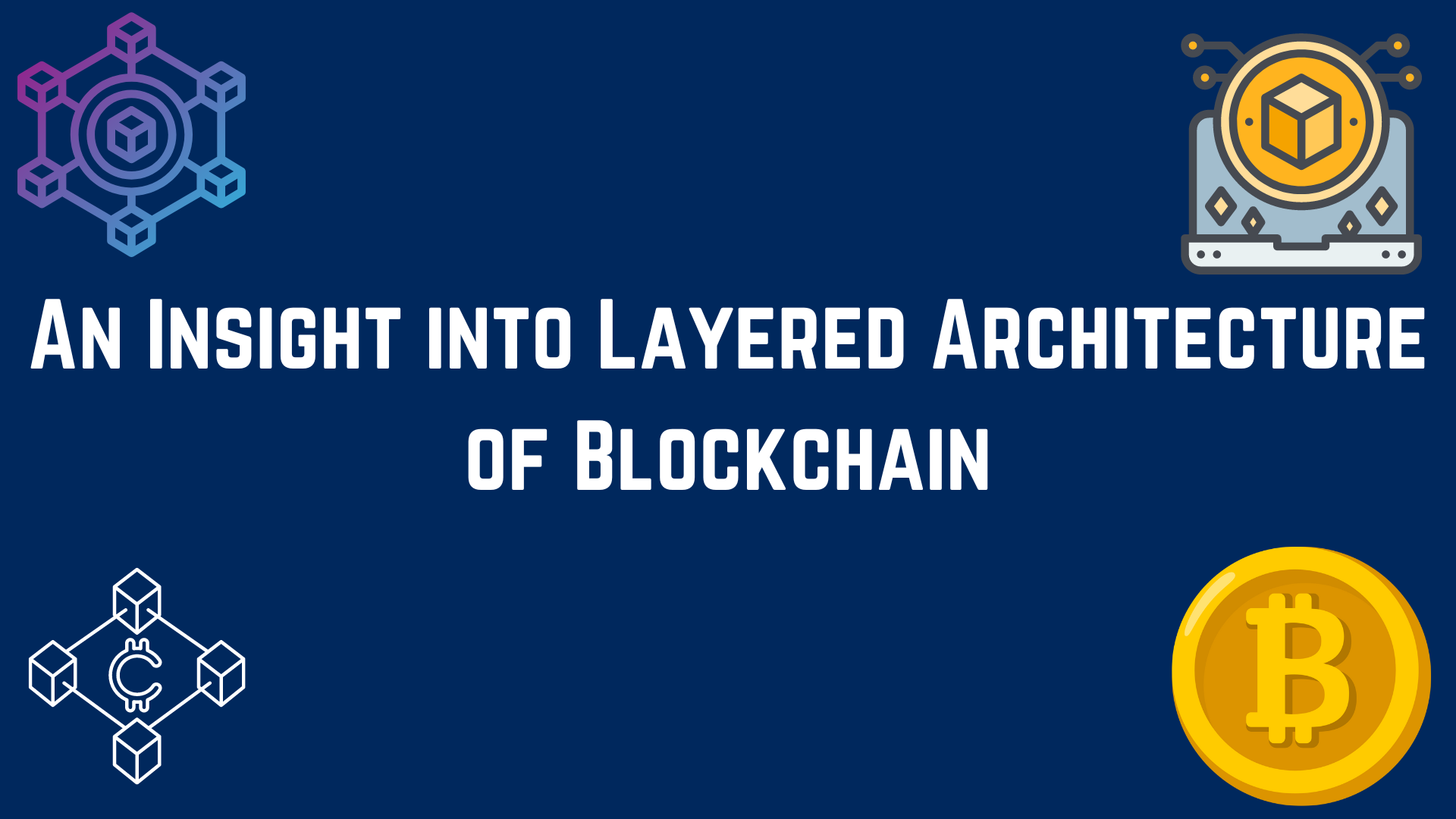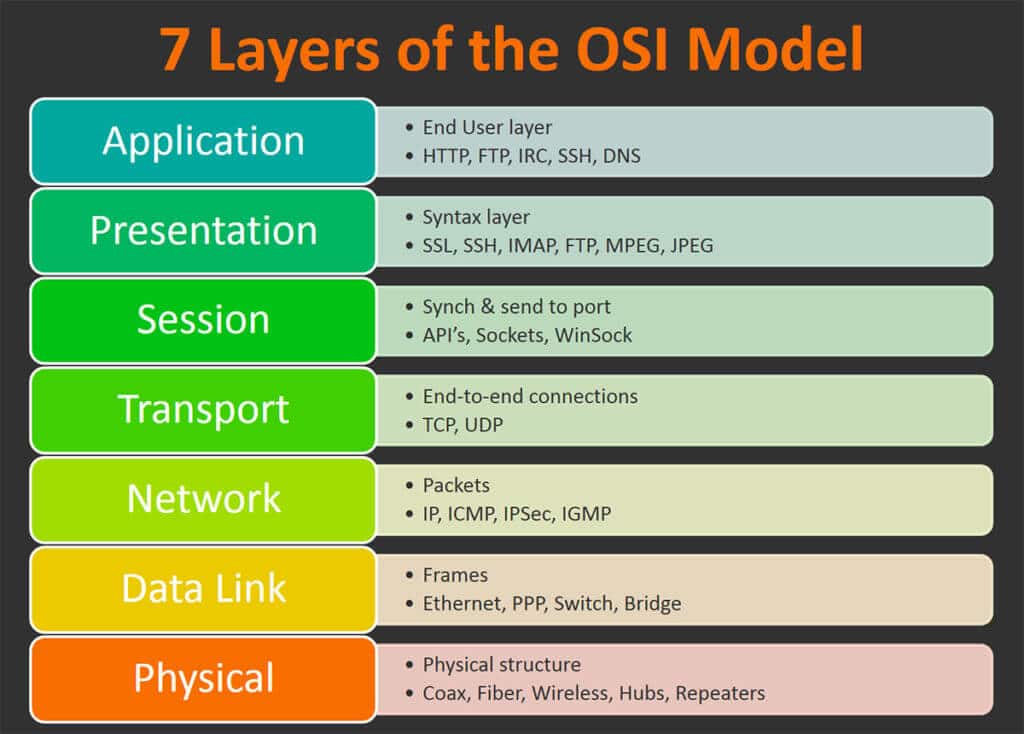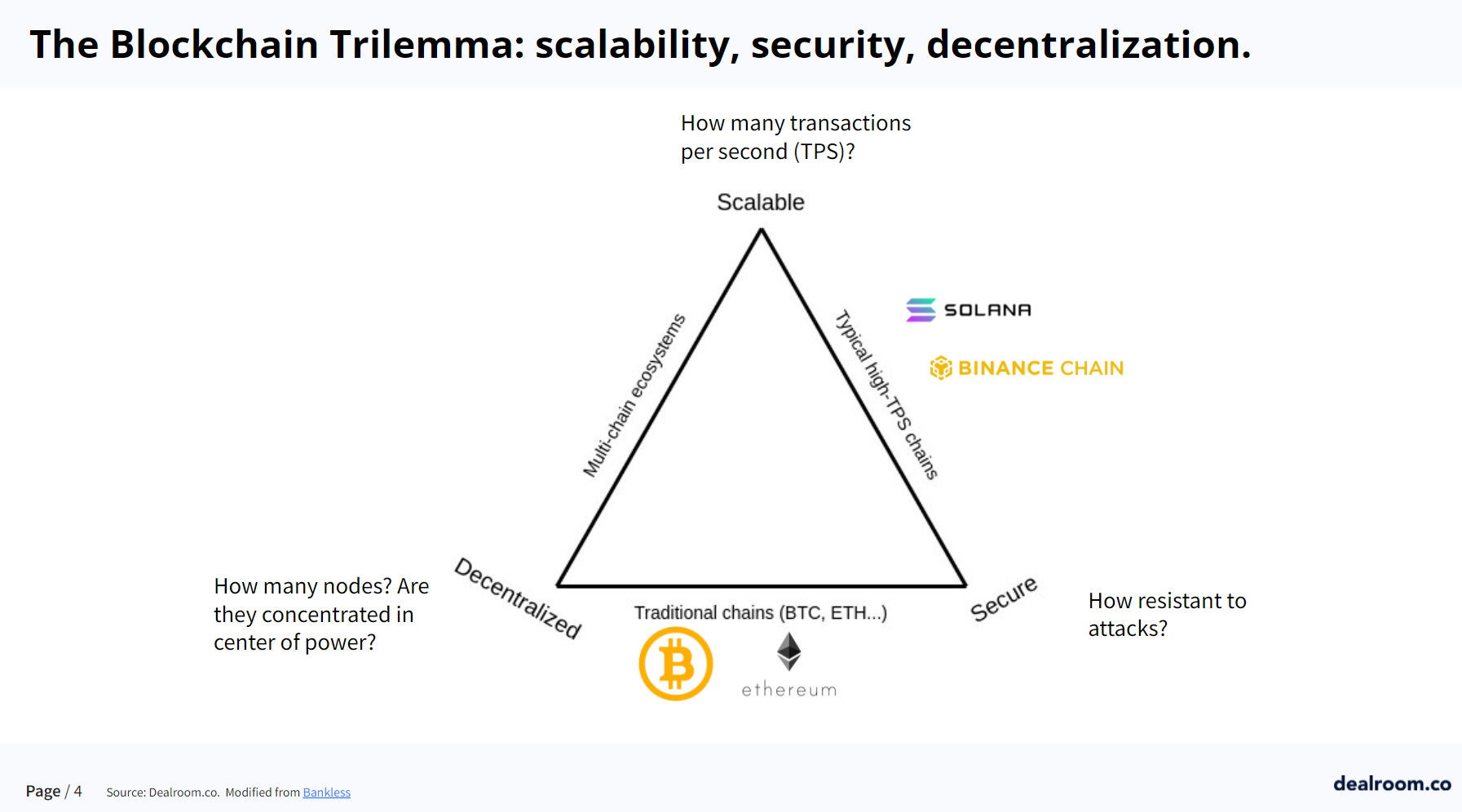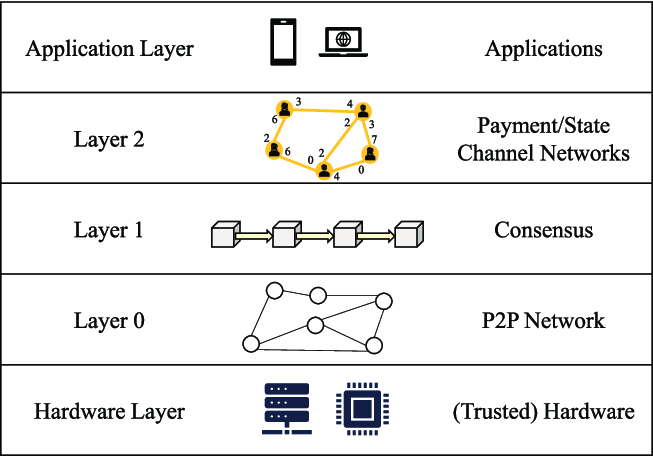Introduction
The need for cybersecurity in present industries cannot be understated. With the rise of the internet and the increasing reliance on computer systems, the threat of cyber attacks has grown exponentially. Businesses use robust cyber security measures to protect their systems and data. There are several reasons why cyber security is so crucial for businesses and the use of blockchain in terms of cybersecurity.
Firstly, the cost of a cyber attack can be devastating. A successful attack can result in the loss of sensitive data, the destruction of critical infrastructure, and the interruption of business operations. It can lead to losses and reputational damage. Secondly, cyber-attacks are becoming more sophisticated and targeted. Gone are the days when cyber criminals would indiscriminately target anyone with a computer. Nowadays, they target specific businesses or gain access to valuable data or systems.

Learning Objectives:
1. We will learn what blockchain technology is and how it can be a game changer.
2. Then, we will discuss all the layers of blockchain that make this technology immutable and decentralized.
3. After that, we will discuss the Blockchain Trilemma, i.e., we cannot simultaneously achieve Scalability, Security, and Decentralization.
This article was published as a part of the Data Science Blogathon.
Table of Contents
- What is Blockchain Technology, and how can it be a game changer?
- Benefits of Layering Architecture
- Layers of Blockchain
- Blockchain’s Trilemma
- Conclusion
What is Blockchain Technology, and How can it be a Game Changer?
This has been a game-changer for these cyber attacks. Distributed ledger technology can disrupt many industries, from banking and finance to healthcare and management. The main advantage of this technology is that it is decentralized, and the authority does not control it. It is for managing transactions, storing and being transparent.
The ledger is being used to streamline the process of international and reduces the need for intermediaries. In addition, blockchain-based ‘smart contracts’ are used in transactions, from loans and insurance to derivatives and credit default swaps. In this article, we will understand the layering architecture, which makes it immutable and ledger technology. I will not discuss the basics and workings. You can read more about working from anywhere.
Read more: Understanding Distributed Ledger Technology
Benefits of Layering Architecture
In Layering Architecture, each layer serves as a building block, providing the functionality and services required by the layer above it. This modular design makes it easier to maintain, test, and extend the system and improves its overall performance and scalability.
The benefits of Layered Architecture are as follows:
- Scalability: Layered architecture helps to increase the scalability of breaking down complex processes into smaller and small tasks.
- Flexibility: Different layers can be added or modified independently without affecting the overall functioning of the Blockchain.
- Modularity: Layered architecture makes it possible to replace core functions from the Blockchain that can run more efficiently and with lower latency.
- Security: Layered architecture provides better layers that can be assigned different security levels, making it harder for a malicious entity to attack the entire system.
- Improved Compatibility: Layered architecture allows the integration of new technologies and updates more easily, making the Blockchain more compatible with other systems.
Layers of Blockchain
According to some professionals, there are four layers of this technology. These are the infrastructure/hardware, data, web, consensus, and application layers. We will discuss each layer in detail.
Infrastructure/Hardware Layer:
The infrastructure layer is the foundation. It is responsible for providing functionality that allows nodes to communicate and interact with each other. Nodes are the devices that store and process data on the web. Depending on their role and function, we can organize them into different types. For example, full nodes store a complete copy of the Blockchain, not only a partial copy. Links are nodes. They can be physical (e.g., Ethernet) or logical (e.g., peer-to-peer). It provides the foundation for a web. With a well-functioning infrastructure layer, it would be easier to maintain a reliable one.
Data Layer:
The data layer refers to the underlying storage mechanism for the Blockchain. It is responsible for storing, organizing, and maintaining data on the internet. The data layer can be implemented differently, depending on the type and intended use.
In a public blockchain, the data layer of nodes maintains a copy of the entire blockchain ledger. Each node is responsible for verifying and validating a copy of the blockchain data. Depending on the specific requirements, the data layer can be centralized or decentralized in a private blockchain. A single entity is responsible for maintaining and storing the data in a centralized data layer. In contrast, in a decentralized data layer, the data is stored across multiple nodes on the internet.
Consensus Layer:
The consensus layer is responsible for maintaining all the participants in the Blockchain. This layer ensures that all nodes on the internet have a consistent and up-to-date view of the blockchain data.
The consensus layer is good for determining how transactions were added to the Blockchain. Several different consensus mechanisms can be used, including:
- Proof of Work (PoW): In this mechanism, nodes compete to solve complex mathematical puzzles to validate transactions and create new blocks.
- Proof of Stake (PoS): In this mechanism, nodes are selected to validate transactions and create new blocks based on the amount of stake they hold on the internet.
- Delegated Proof of Stake (DPoS): In this mechanism, nodes are elected by the community to validate transactions and create new blocks.
- Byzantine Fault Tolerance (BFT): In this mechanism, the consensus is reached through a consensus algorithm that tolerates faulty nodes.

Application Layer:
The application layer is the highest level of the technology stack. It is responsible for the user interface, experience, and application-specific logic to interact with the underlying platform. The application layer is where applications (dApps) are built. dApps are decentralized applications that run on a platform and interact with the underlying blockchain ledger.
We can build dApps on the top platform, but the most popular platform for app development is Ethereum. Ethereum is a decentralized platform that runs smart contracts: applications that fraud or third-party interference. Building a dApp on Ethereum requires using Solidity, a programming language like Ethereum smart contracts. The application layer is the highest level of the blockchain technology stack. It is responsible for the application-specific logic to interact with the underlying blockchain platform.


Blockchain’s Trilemma
This term is coined by Vitalik Buterin, the founder of Ethereum, to describe the three challenges that all blockchain networks face: security, scalability, and decentralization.
The developers’ challenge is to find a way to balance these three goals. It is often referred to as the “scalability trilemma” or the “blockchain trilemma.”

Relation between Scalability and Security:
The relationship between scalability and security in Blockchain is a complex one. On the one hand, Blockchain is a very secure system because it is decentralized, and there is no single point of failure. On the other hand, Blockchain could be more scalable because each node in the network needs to validate each transaction, which can slow down the system.
There are different ways to improve the scalability of Blockchain, but these solutions come with trade-offs in terms of security. For example, if you shard the Blockchain, each shard will have its transaction history, and it will be more challenging to verify the entire history of the Blockchain.
Thus, the relation between scalability and security in Blockchain is inversely proportional.
Conclusion
In this article, we have discussed layering architecture. These five layers are sometimes represented as Layer0, Layer1, Layer2, and Layer3. Layer0 is the Physical Layer. Similarly, Layer 1 is called Data Layer, and Layer 2 are third-party integrations used in conjunction with layer ones to increase scalability and transactions per second (system throughput). And finally, Layer1 is termed the application layer.

Here are some video links to learn about the benefits of layering architecture in Blockchain:
1. “Blockchain Architecture: The Three Layers of the Blockchain Stack” by Blockgeeks: Click Here
2. “Benefits of Blockchain Layered Architecture” by B21 Block: Click Here
3. “Modularity & Scalability: Benefits of Layered Architecture in Blockchain” by Decentralized TV: Click Here
4. “The Advantages of Layered Architecture in Blockchain” by Simplilearn: Click Here
5. “Why Layered Architecture is Essential for Blockchain” by IBM Developer: Click Here
These videos explain the benefits of layering architecture, including modularity, security, and interoperability. They are a great resource for anyone who understands this architecture and how we can apply it to blockchain applications.
Key takeaways of this article:
1. Firstly, we have discussed blockchain technology, its importance, and how it can be a game changer.
2. Then, we will discuss all the layers that make this technology immutable and decentralized, i.e., the Application Layer, Consensus Layer, Hardware Layer, etc.
3. After that, we discussed the Blockchain Trilemma, i.e., we cannot simultaneously achieve Scalability, Security, and Decentralization.
The media shown in this article is not owned by Analytics Vidhya and is used at the Author’s discretion.





